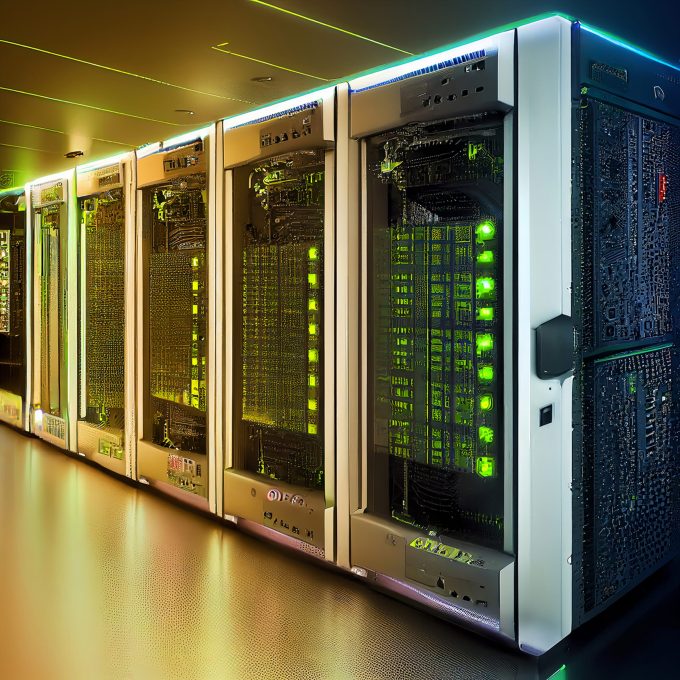Avianca Cargo Mexico the latest in a wave of new airfreight partnerships
In a period where freighters are searching the world for volumes, and the air cargo ...

I hear there’s a new buzzword in airfreight that’s taking up capacity.
You mean ecommerce? We’re over talking about that now, everyone’s doing it. Even with possible new rules, it can still slip under the radar.
No, I hear servers are the new thing.
Ah, yes, the power ...


Comment on this article